Corona or Partial Discharge with Buzzing Noise
Corona can be visible in the form of light, typically a purple glow, as corona generally consists of micro arcs.
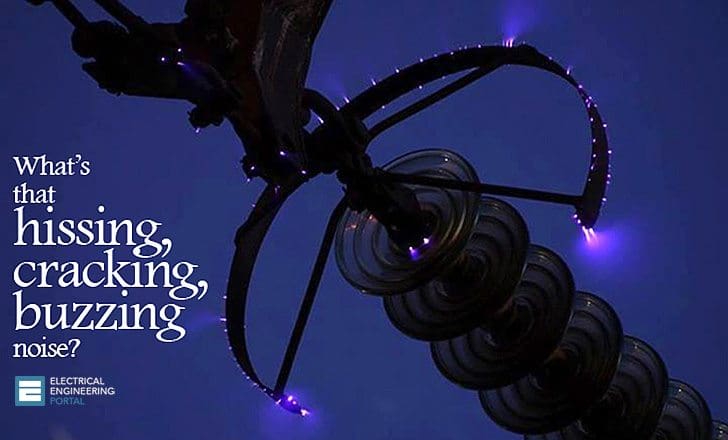
Darkening the environment can help to visualize the corona. We once attached a camera (set to a long exposure time) to a viewing window in a vacuum chamber to confirm that corona was indeed occurring, and thereby confirming our suspicions.
You can often hear corona hissing or cracking. Thus, stethoscopes or ultrasonic detectors (assuming you can place them in a safe location) can be used to find corona.
The corona discharges in insulation systems result in voltage transients. These pulses are superimposed on the applied voltage and may be detected, which is precisely what corona detection equipment looks for. In its most basic form, the following diagram is a corona (or partial discharge) measuring system.
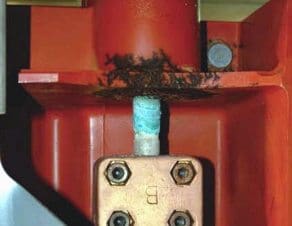
When corona occurs it creates ozone (detrimental to the human lungs, eyes, etc.), ultraviolet light, nitric acid, electromagnetic emissions and sound.
Ozone is a strong odorous gas that deteriorates rubber-based insulation.
If moisture or high humidity conditions exist nitric acids can also be formed that attacks copper and other metals. The electromagnetic emission can be heard as interference on AM radios and the corona sound can be heard by the human ear and be ultrasonic scanning devices.
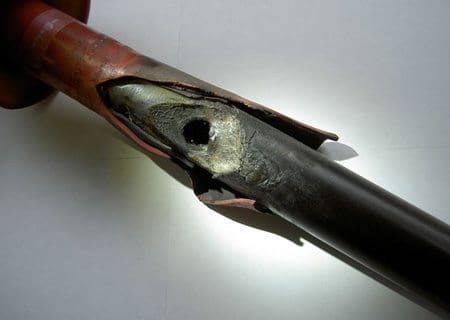
One important point to consider is that unlike infrared that detects heating due to current flow, corona indicates voltage problems and can be present without current flow. High potential in the electrical field is the major dictating factor for its presence.
Corona activity is at its strongest on the positive (+) and negative (-) peaks of the 60Hz cycle.
Corona causes:
- Light
- Ultraviolet radiation
- Sound (hissing, or cracking as caused by explosive gas expansions)
- Ozone
- Nitric and various other acids
- Salts, sometimes seen as white powder deposits
- Other chemicals, depending on the insulator material
- Mechanical erosion of surfaces by ion bombardment
- Heat (although generally very little, and primarily in the insulator)
- Carbon deposits, thereby creating a path for severe arcing
How Corona works?
Focussing on corona discharge and surface discharge, i.e. electrical gas discharges occurring in ambient atmosphere, ionisation phenomena are initiated in the high electrical field region respectively resulting from the conductor geometry (wire, point, sharp edge) or from a triple point (metallic conductor / insulation material /gas).
In any case, electron in elastic collisions will also lead to gas molecules dissociation and excitation resulting in chemical active species formation and light emission; elastic collision between ions and neutral molecules will result in local gas heating.
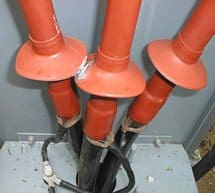
Light, gaseous chemical reactants and heating are consequently evidence of gas discharges.
References:
- Corona and Tracking Conditions in Metal-clad Switchgear Case Studies By James Brady, Level-III Certified Thermographer
- CHARACTERIZATIONOFMEDIUM VOLTAGE EQUIPMENT AGEING BY MONITORING OF PARTIAL DISCHARGES CHEMICAL AND ACOUSTICAL EMISSION E.Odic*, E.Jouseau**, G. Vivien**, C-S.Maroni**

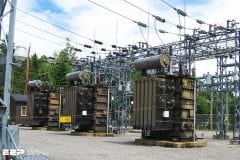
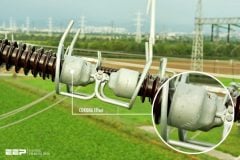
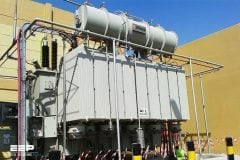

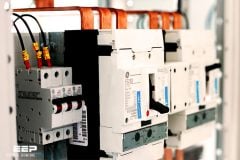
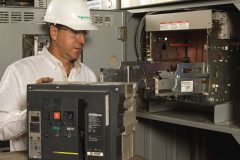
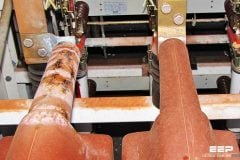
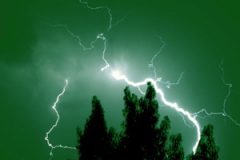
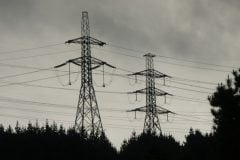

I have a problem of 415 volt lv switchgear,
when the load is below 300 amps there are not any sound but when load is above 300 there are too much sound will come.
can you suggest me what will be the solution.
Even i applied 1500 amps with CPC100 in that time also sound is not coming, only the load is actual that time this problem is coming.
It’s hard to say precisely, but I would guess that 300+ amps are creating vibration in either coil of a contactor, relay or an auxiliary transformer, or some metal part of the construction or some support.
What should be the solution to kind of problem?
I was already encounter this kind of hissing sound with odorous gas that deteriorates rubber based insulation in MV switchgear.
And once it occurs, it could not be remove unless replacement will be done.
Can you recommend that controlling humidity inside the switchgear is possible solution. or replacement should be done.
I love this Engineering Portal.. Please share study material for Over head Transmission lines upto 220KV.
Quite interesting and great information.
Excellent article, I normally explain to my students how low level ozone can be produced with high voltage power lines and the amount of humidity. Your are a very informative engineer who explained clearly how this is achieved. Many thanks. Vince
nice portal.. this gave me great info… even it improves my iq in this field
Hi guys,
Is there any technique for reducing corona discharge broadband crackling noise?
i think that this portal is really a good idea
“Buzzing” 11kV cable terminations on a high voltage cable network are investigated in this blog post by Thorne & Derrick http://www.cablejoints.co.uk/blog/article/11kv-cable-box-terminations
Please dont copy material available on Net. It sounds not good to other who did hard work for their paper..
I like this site but article should be of your own study, material and knowledge..
Good luck guys
JIG, did you notice the listed references used for this article?
Thanks, that’s useful and helpful for electric al engineer
Great infor